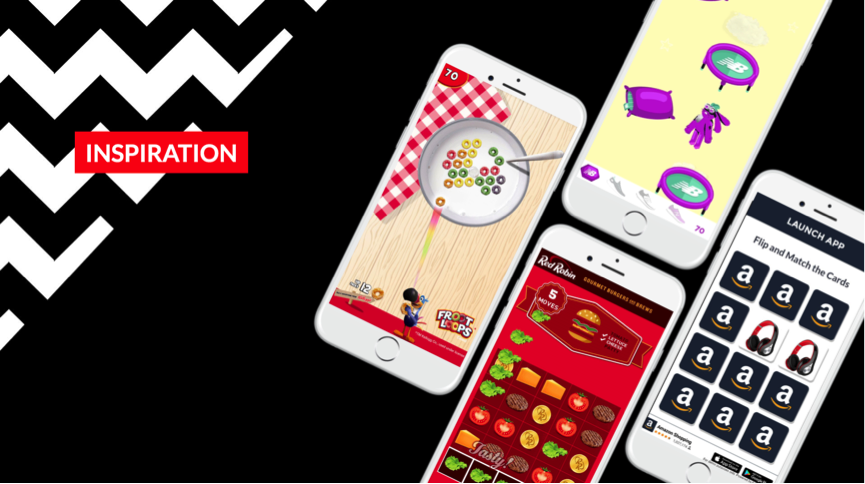In this post for our ongoing series on Displaying Data, I’ll be looking at part-to-whole relationships.
Part-to-whole relationships aren’t just about how things are divided, it’s about how they’re divided in relation to their whole and to each other.
Below I will be presenting the various kinds of data visualisation used to relate a set of values to their total. Typically, these charts are used to visualise percentages, but that isn’t always the case.
Pie Charts
Probably the mostly commonly and misused chart in presentations and offices, pie charts are ideal for giving the reader a quick view of the proportional distribution between values.
Pie charts display the proportions between categories by dividing a circle into proportional segments for each category. Each segment/slice is drawn by an arc length and the full circle represents the total sum of all the values.

The order slices are arranged can improve the effectiveness of a pie chart. Placing the largest segment at the 12 o’clock point on the right (clockwise) emphasises its importance as it’s the most intuitive part of the chart. The remaining segments can be ordered from largest to smallest clockwise, if they’re of similar values. Otherwise, the remaining segments, especially the second largest segment, is generally better placed counter-clockwise from the 12 o’clock point.
However, the problem with pie charts are that they are not suitable for large datasets because as the number of values or categories shown increases, the size of each segment becomes smaller until they are too small to read or compare to each other. Therefore, it’s a good idea to keep them to no more than five slices per pie chart.
Another problem with pie charts are that they are usually not that great for making accurate comparisons between other pie charts. This is due to fact its harder for the human visual system to distinguish the size of items by their area, rather than by their length.
Donut Charts
Essentially, donut charts are pie charts with the area in the center cut out. This makes donuts charts a lot more space-efficient then a pie chart.

Also, cutting out the area in the center makes donut charts de-emphasise the use of area, which makes readers more focused on the length of arcs, instead of comparing the proportions between slices.
100% Stacked Bar Graphs
As covered before in the comparisons post, 100% stacked bar graphs are great for comparing multiple groups of bars that show a part-to-whole relationship. The length of each bar remains uniform (representing 100%) but is divided up into multiple segments with varying lengths that relate to the total amount.

Because length is used as the visual encoding for this form of visualisation, it’s a much easier form of visualisation to accurately distinguish changes in each value than in a pie or donut chart.
100% stacked bar graphs are limited in the amount of segments they can contain in each bar. As you increase the number of segments, the smaller each of them become, until the point they become too densely packed and harder to read or compare. Also comparing the lengths of segments in different bars can be tricky, as they don’t share a common axis.
Marimekko Charts
This type of visualisation is used to display categorical data over a pair of variables, which are placed at each axis and determine both the width and height of each rectangle segment. This makes Marimekko charts useful for finding the relationship between multiple categories and/or their subcategories within the two variables.

A good way of imagining how Marimekko charts work, is to think of think of them as a kind-of two-way 100% stacked bar graphs, so all the total/grouped bars are equal in both width and height.
 However, unlike a 100% stacked bar graph, marimekko charts visually encode values by their area, not their length. This is may sound confusing, considering marimekko charts have scales, but in actuality all the segments are not on a common baseline. This is because each part serves as a platform for the next part in the set.
However, unlike a 100% stacked bar graph, marimekko charts visually encode values by their area, not their length. This is may sound confusing, considering marimekko charts have scales, but in actuality all the segments are not on a common baseline. This is because each part serves as a platform for the next part in the set.
Also, like many part-to-whole charts are limited in their data capacity and lose legibility as the number of individual segments increases.
Treemaps
Although quite similar to a marimekko chart, treemaps are instead an alternative way of visualising the hierarchical structure of a tree diagram. Treemaps can also display additional values for each category through the area size of each block. This makes them useful for comparing the proportions between categories in a hierarchy.
 In treemaps, each category is assigned a block with the related subcategory blocks nested inside of it. This makes treemaps a more space-efficient way to display hierarchies with assigned values.
In treemaps, each category is assigned a block with the related subcategory blocks nested inside of it. This makes treemaps a more space-efficient way to display hierarchies with assigned values.
 The values assigned to a category will have an area size in proportion to that quantity and to the other quantities within the same parent category, which displays a part-to-whole relationship. The area size of the parent category is the sum total of its subcategories.
The values assigned to a category will have an area size in proportion to that quantity and to the other quantities within the same parent category, which displays a part-to-whole relationship. The area size of the parent category is the sum total of its subcategories.
Sunburst Charts
Like with Treemaps, Sunburst charts are used to show hierarchy, but through a series of rings. Each ring is a rank in the hierarchy and represents the child of the ring it has enclosed within it.

The part-to-whole relationship is visualised on each ring by dividing the values of each category contained within it. Any subcategories are displayed on the next, outer ring and are also divided in proportion to the other subcategories in that group. This makes sunburst charts resemble a kind of multi-levelled donut chart.
. . .
So to recap, pie & donut charts give the reader a quick view of the proportional distribution between small sets of categorical values; 100% stacked bar graphs are used for comparing multiple groups of part-to-whole relationships; marimekko charts are for finding the relationship between categories and/or their subcategories in between two variables; Treemaps are used for comparing the proportions between categories in a hierarchy; Sunburst charts show the part-to-whole relationships in a hierarchy on a polar grid.
If you are considering visualising any data for a project and are still unsure which is the best visualisation to apply, please feel to get in contact with us and we’ll be happy to talk to you about it.




